Terbufos and aldicarb, highly toxic pesticides used in South African agriculture, have found their way into the country’s poor townships as rat poisons. This in turn has led to the accidental contamination of stored food and poisoning deaths.
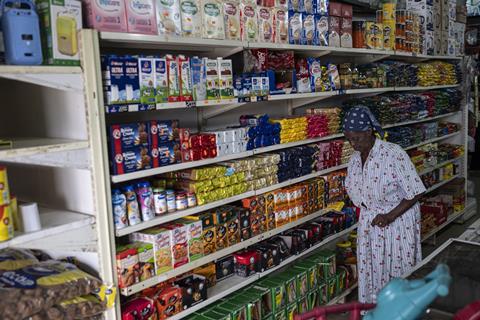
‘I almost fainted when they rushed her to the ICU,’ recalls Edith Lokwane, a mother in Soweto, the biggest township lying west of Johannesburg. Her 7-year-old daughter, on the way home from school last October, had eaten seemingly harmless samosas and buns. Within three hours, her vomiting was relentless, her breathing shallow, her body lethargic, Lokwane says.
In townships where public ambulances are largely absent due to bankrupt municipalities, a neighbour took her daughter to hospital where doctors pumped her stomach and stabilised her. She was discharged after a two-week stay but one of her school friends died.
In November, at least 23 children died in Soweto as a result of eating contaminated food. 900 others were sickened. The cause of the deaths and illnesses was ‘consumption of food contaminated with highly neurotoxic pesticides’, the health minister, Aaron Motsoaledi, told parliament. Many of the pesticides, such as terbufos, are ‘severely’ restricted in richer countries, with the EU banning them.
‘Terbufos is intended for agricultural use and should specifically not be stored or used in or around homes. It is fatal to humans if it is swallowed,’ says chemist Patricia Forbes, head of the Environmental Monitoring and Sensing Research Group at the University of Pretoria.
The neighbouring country of Zimbabwe banned Terbufos in 2002 and Botswana followed suit last year. In South Africa, campaigners pushing to ban terbufos say it is hard to know the number of highly hazardous pesticides (HHPs) legalised for use because the government has no open database of registered chemicals. A vocal, united push by health academics, agriculture trade unions and lawyers has demanded the country’s agriculture minister move swiftly to ban HHPs or face court action.
Misdirected anger
When the poisonings and deaths began in July last year, mobs of anti-migrant vigilantes in South Africa’s townships blamed refugees from Pakistan, Somalia or Nigeria – who often run cheap grocery shops – with deliberately poisoning children. Threats, violence and looting were directed at these shops. ‘We continue to be hunted,’ says Hamid*, a Somali refugee who ran a bread and milk shop in Naledi township and saw xenophobic mobs ransack his business before he took refuge in Pretoria. Fearing for his safety he will not share his surname.
Investigations by the National Institute for Communicable Diseases found that controlled pesticides have been diverted by unscrupulous dealers for use as a rat poison in poor slums, resulting in accidental contamination of food.
At the heart of these tragedies is a wave of urban municipal decay across South Africa. This has created a ‘full-blown crisis’ of uncollected waste and overflowing sewers, Marais de Vaal, the environment manager at Afriforum, the country’s leading civic pressure group, warned. Just 14% of the South African landfill sites audited by Afriforum in 2024 met 80%+ of the country’s biosafety requirements.
In the slums where 15 million people live, mostly Black South Africans, rat infestations are disrupting lives and businesses. With municipal rat control services bankrupt, black market pesticide traders are illegally diverting terbufos and aldicarb to desperate township households. Street food traders, informal food warehouses and families clamour for any solution to the pest problem, however untested, says Forbes.
‘Pesticides that are informally sold have been decanted into unlabelled packages, therefore customers are not provided with essential handling and safety information related to these products, although this is legally required when selling pesticides,’ she warns. ‘This greatly increases human health risks.’ By law, some pesticides can be sold in supermarkets, while others, including terbufos, are more highly regulated, she adds.
Deadly inequality
South Africa, one of the most unequal countries in the world, has a two-tier food system. While the country has a thriving agricultural sector, this does not translate into household food security, particularly in Black working-class and low-income communities, explains Paula Knipe, a lawyer and researcher at the Dullah Omar Institute in Cape Town. This is because of deeply rooted historical and structural inequality, which has divided South Africa’s food system along economic and racial lines.
‘The affluent middle to upper class, mostly concentrated in suburbs and city centres, have access to regulated, clearly labelled and high-quality food from supermarkets,’ Knipe explains. ‘The poor rely on meals that are cheaper, but are often not inspected for food safety, exposing people to expired, repackaged and counterfeit foodstuffs.’
South Africa is currently experiencing a ‘complex’ crisis of food adulteration and penalties for food safety violations and fraud are lenient and inadequate, researchers have recently warned. Eight years ago, South Africa faced a deadly listeriosis food-borne outbreak that killed 260, infected 1060 and is rated as the largest outbreak of its kind in the world. The origin was sausages and other processed meat stuff.
South Africa’s agriculture ministry should be closely monitoring the informal food industry for contaminants by now, but ‘lessons have not been learnt’, laments environmental technician and academic, Shamiso Mupara.
Bowing to public anger, in December, South Africa’s authorities raided every cheap food shop run by migrants in the townships, giving owners a 21-day ultimatum to register on a government database or risk prosecution. Over a thousand shops were shut down. Lokwane is unimpressed: ‘It’s a populist stunt, to save face,’ she says.
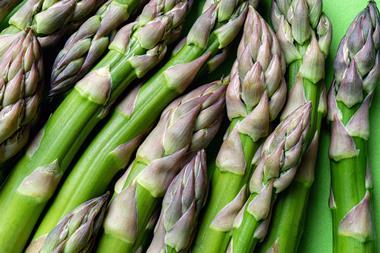

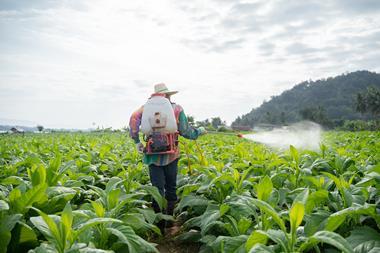
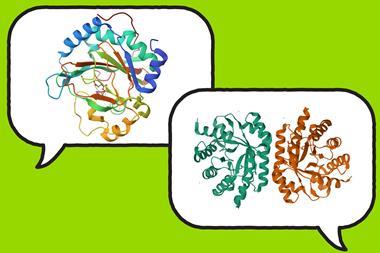

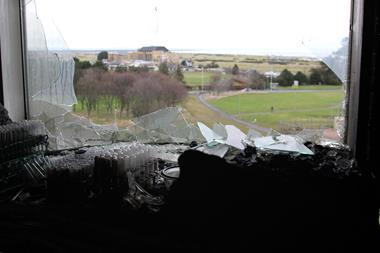
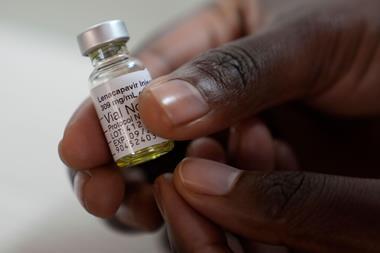

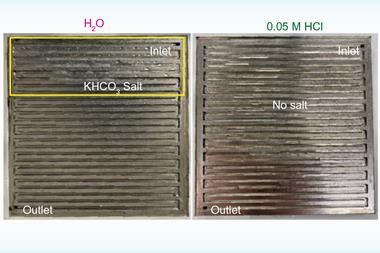
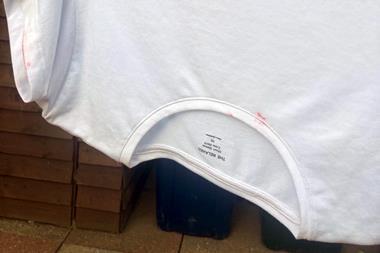
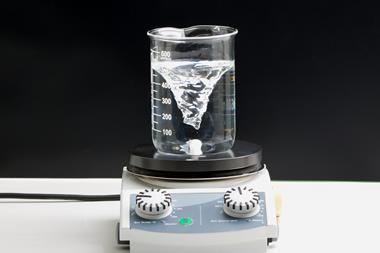

No comments yet